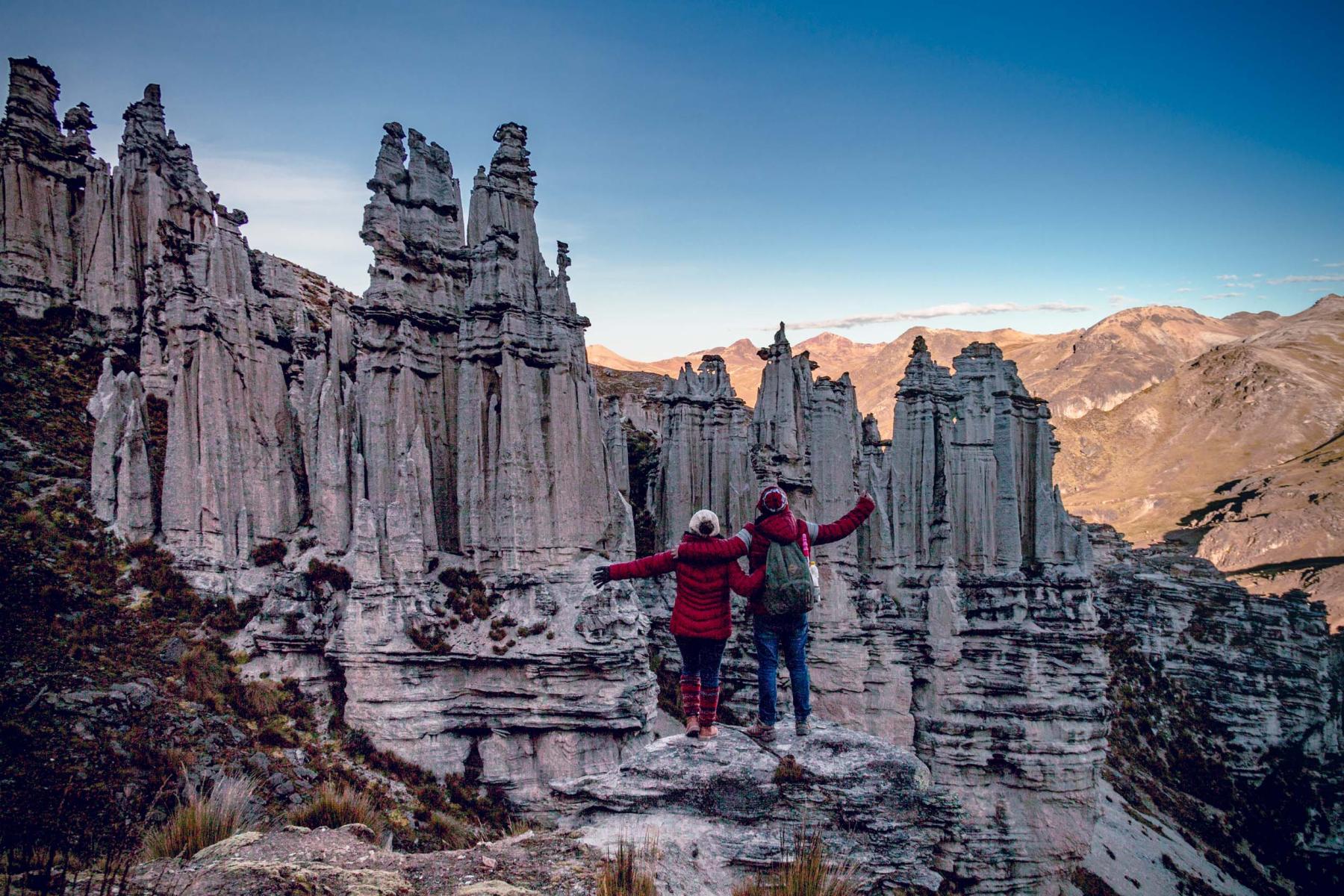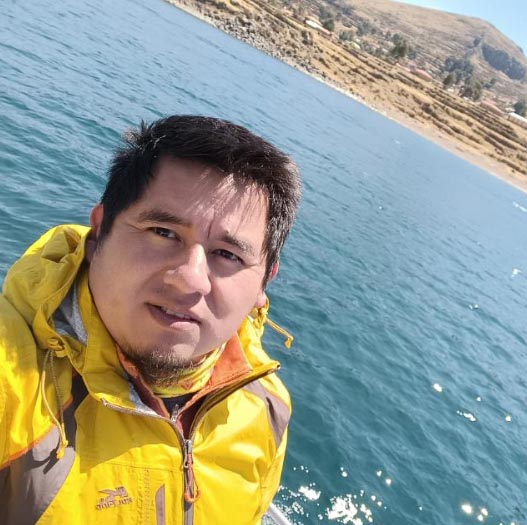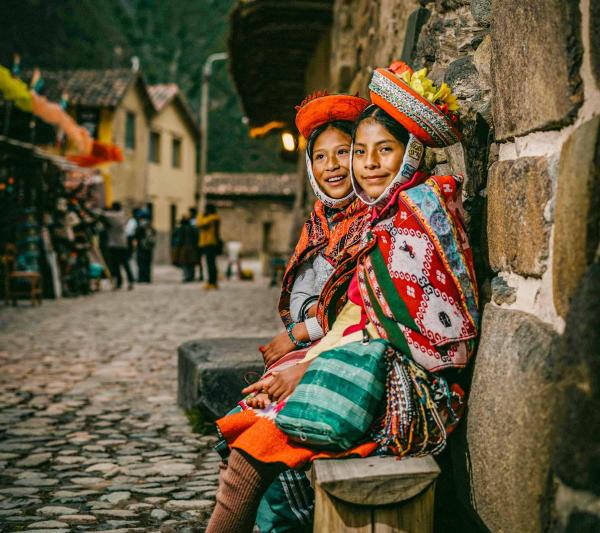Pacunasa, nestled in the high plains of the Andes within Peru's Puno region, is a small yet culturally vibrant community. It is deeply enriched by the diverse tapestry of natural beauty and enduring indigenous traditions that characterize the area. This serene locale offers a unique window into the rural lifestyles that have thrived here for generations, maintained primarily by residents of Aymara and Quechua descent. Their lives are intricately linked to agriculture, handicrafts, and communal values.
Where is Pacunasa?
Situated close to Lake Titicaca, the world’s highest navigable lake, Pacunasa is part of a region that holds immense cultural and spiritual significance, viewed by Andean mythology as the sacred birthplace of the sun. According to legend, it was from these waters that Manco Capac, the first Inca king, emerged, marking the beginning of a rich historical narrative that includes the rise of civilizations such as the Pucara, Tiahuanaco, Collas, and the Incas.
The landscape around Pacunasa is stark and awe-inspiring, marked by rugged terrains and expansive skies that contribute to a sense of profound tranquility. This backdrop enhances the area’s cultural expressions, from traditional music and dance to the intricate textile crafts produced locally.
Despite significant changes following the Spanish conquest in the 16th century, which introduced new administrative systems and altered economic practices, Pacunasa has preserved much of its ancestral customs and languages. Today, the community stands as a resilient guardian of traditional Andean lifestyle, offering visitors and scholars alike deep insights into a culture that continues to thrive against the backdrop of history.
Visitors to Pacunasa will discover a community modest in size yet immense in spirit and heritage. It is a place where the connection to nature and the rhythms of the earth remain integral to daily life, providing a profound reflection of the enduring Andean cultures that surround it. This enduring legacy makes Pacunasa a fascinating destination for those seeking to experience and understand the rich historical and cultural mosaic of the Andes.
What is Pacunasa's origin?
The rock formations in Pacunasa, like many in the Puno region of Peru, are likely shaped by a combination of geological processes influenced by the region's dynamic geological history. Here's a general overview of the typical geological factors at play in this area:
- Volcanic Activity: The Andes, including areas around Lake Titicaca and Puno, are part of the Andean Volcanic Belt. This region has experienced significant volcanic activity over millions of years, contributing to the formation of various types of volcanic rock formations, such as basalt and andesite.
- Tectonic Movements: The Andes were primarily formed by the subduction of the Nazca Plate beneath the South American Plate. This ongoing tectonic activity has led to the uplifting of mountains and the creation of numerous geological structures. Rock formations in places like Pacunasa may include folded and faulted strata as a result of these movements.
- Glacial and Post-glacial Processes: During the last ice age, the Andes were extensively glaciated, and the retreat of these glaciers has shaped much of the landscape. Glacial processes include the scouring of valleys and the deposition of moraines, which can affect the underlying rock structure.
- Erosion and Weathering: Wind, water, and temperature changes contribute to the physical and chemical weathering of rocks. Over time, these processes can sculpt distinctive rock formations, influencing their present appearance.
- Sedimentation: In areas adjacent to water bodies like Lake Titicaca, sedimentary processes play a role. Layers of sediments deposited over time can lithify into rock, creating sedimentary formations that might be visible in the landscape.
These processes have combined over millions of years to create the geological landscape of Pacunasa and the surrounding regions. Each specific rock formation can typically be attributed to one or more of these processes, shaping the unique geological and visual character of the area.
How to visit Pacunasa?
Visiting Pacunasa in Puno, Peru, can be a rewarding experience, especially for those interested in experiencing Andean culture and natural landscapes. Here’s a guide on how to plan your visit:
- Travel to Puno: The first step is to get to Puno, the closest major city. Puno is well-connected by bus and train from other major cities in Peru, such as Lima, Cusco, and Arequipa. If you are coming from outside Peru, you might fly into Lima and then take a domestic flight or a bus to Puno.
- Accommodation in Puno: Arrange your accommodation in Puno city, which offers a range of options from hostels and guesthouses to upscale hotels. Staying in Puno city provides a good base for exploring the surrounding areas, including Pacunasa.
- Transportation to Pacunasa: Pacunasa is a smaller community and may not be directly serviced by regular public transport. You can hire a taxi or arrange a private car from Puno. Alternatively, you can inquire with local tour agencies about day trips or guided tours to Pacunasa, which might offer more insight into the local culture and history.
- Plan Your Visit: Depending on your interests, plan your activities in Pacunasa. This could include cultural visits, hiking, or simply enjoying the natural beauty and tranquility of the area. Since it is a small community, it’s a good idea to be respectful of local customs and traditions.
- Travel Essentials: Since Puno and its surroundings are at high altitude (over 3,800 meters above sea level), it’s essential to acclimatize properly to avoid altitude sickness. Stay hydrated, take it easy for the first few days, and consider taking altitude sickness medication if needed.
- Local Guides: Consider hiring a local guide, which not only provides employment to the community but also enriches your experience as they share knowledge about the local culture, history, and geography.
- Respect Local Culture: Pacunasa, like many Andean communities, may have its own set of traditions and cultural norms. Be respectful, ask permission before taking photographs of people, and try to support the local economy by purchasing local crafts or products.
Planning your trip with these steps can help ensure that your visit to Pacunasa is enjoyable, culturally enriching, and respectful of the local community and environment.
We hope you liked this travel blog, if you have any questions or suggestions feel free to comment! Great day to you!
Another Interesting Blogs:
- Huanuco: Main Tourist Attractions






